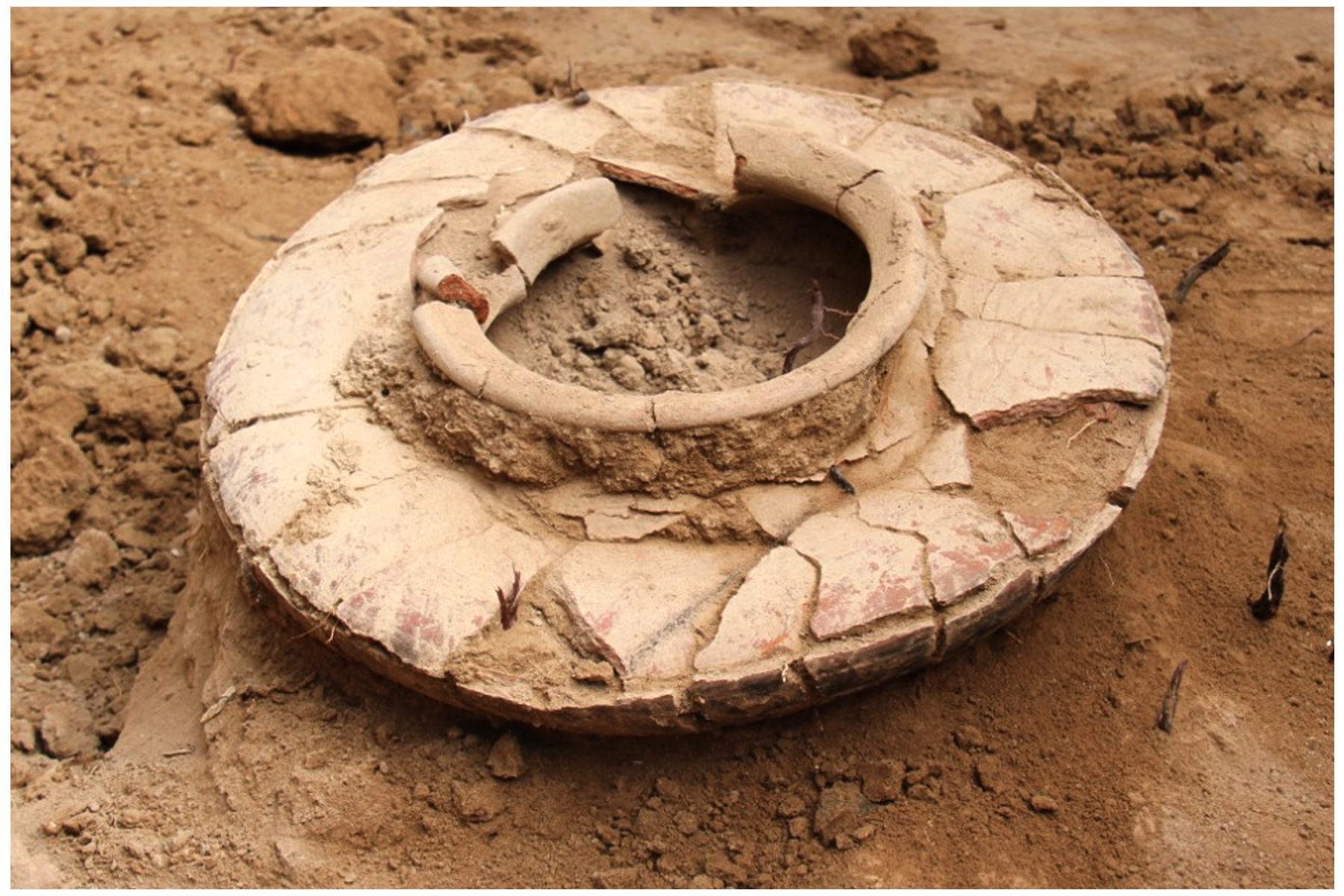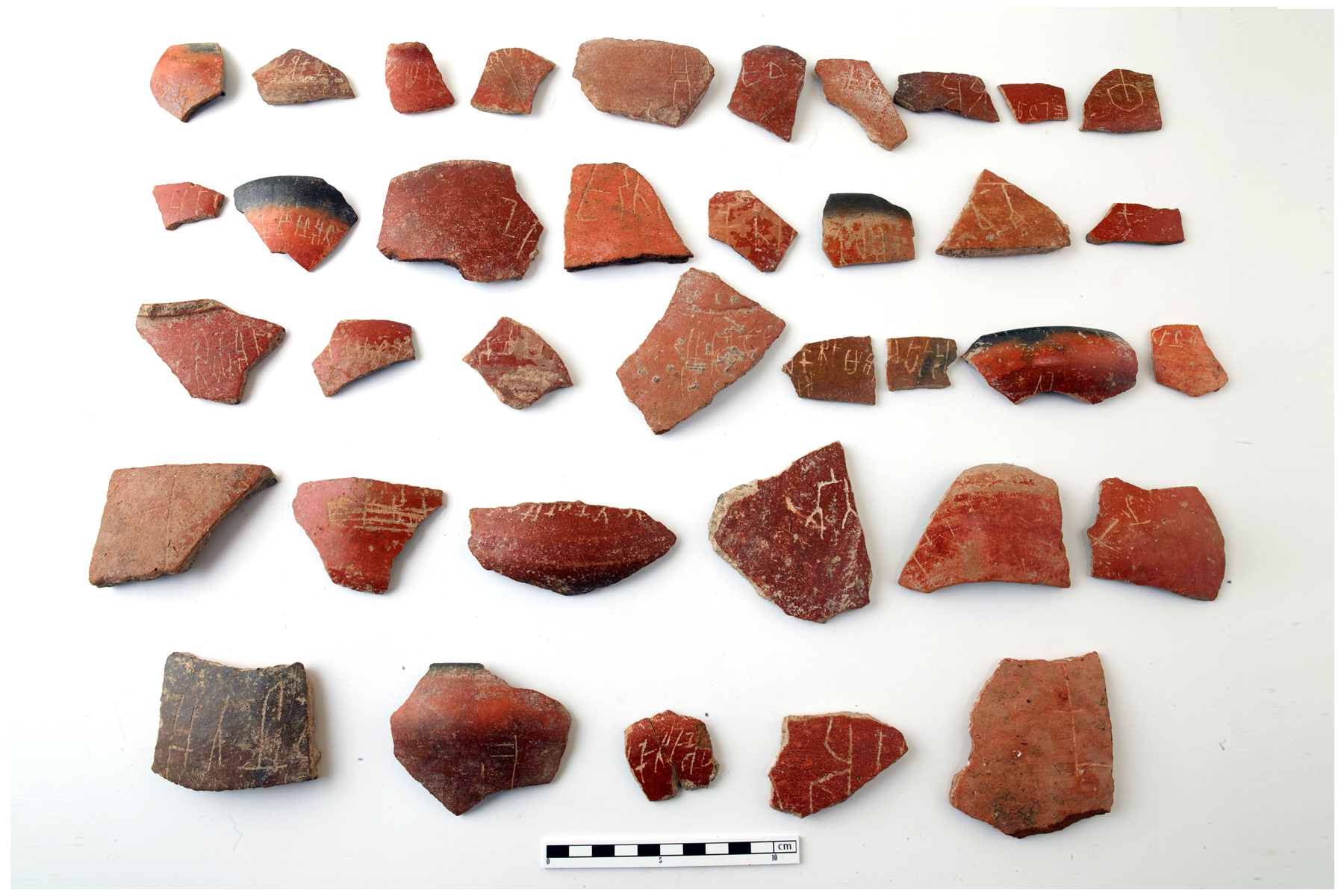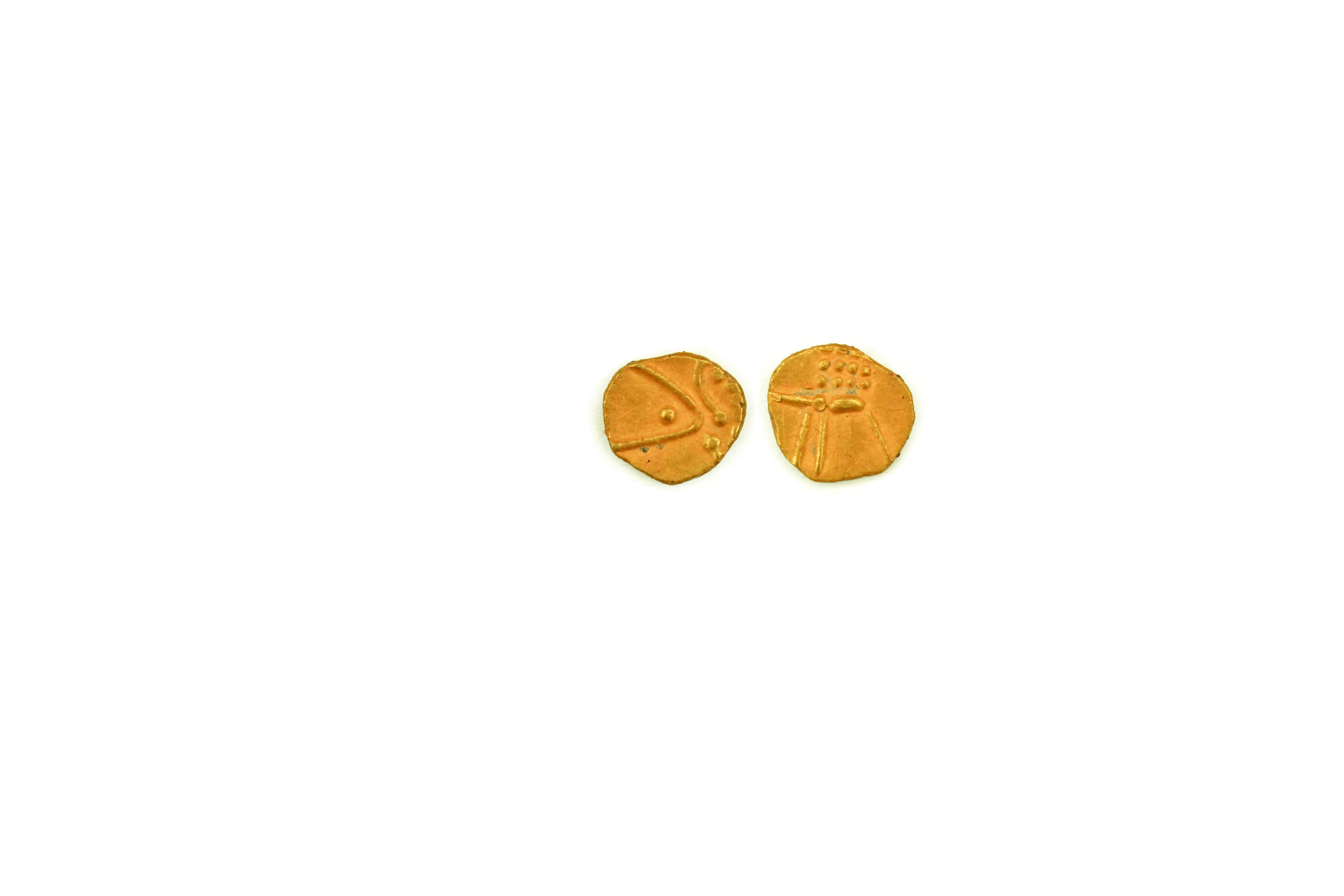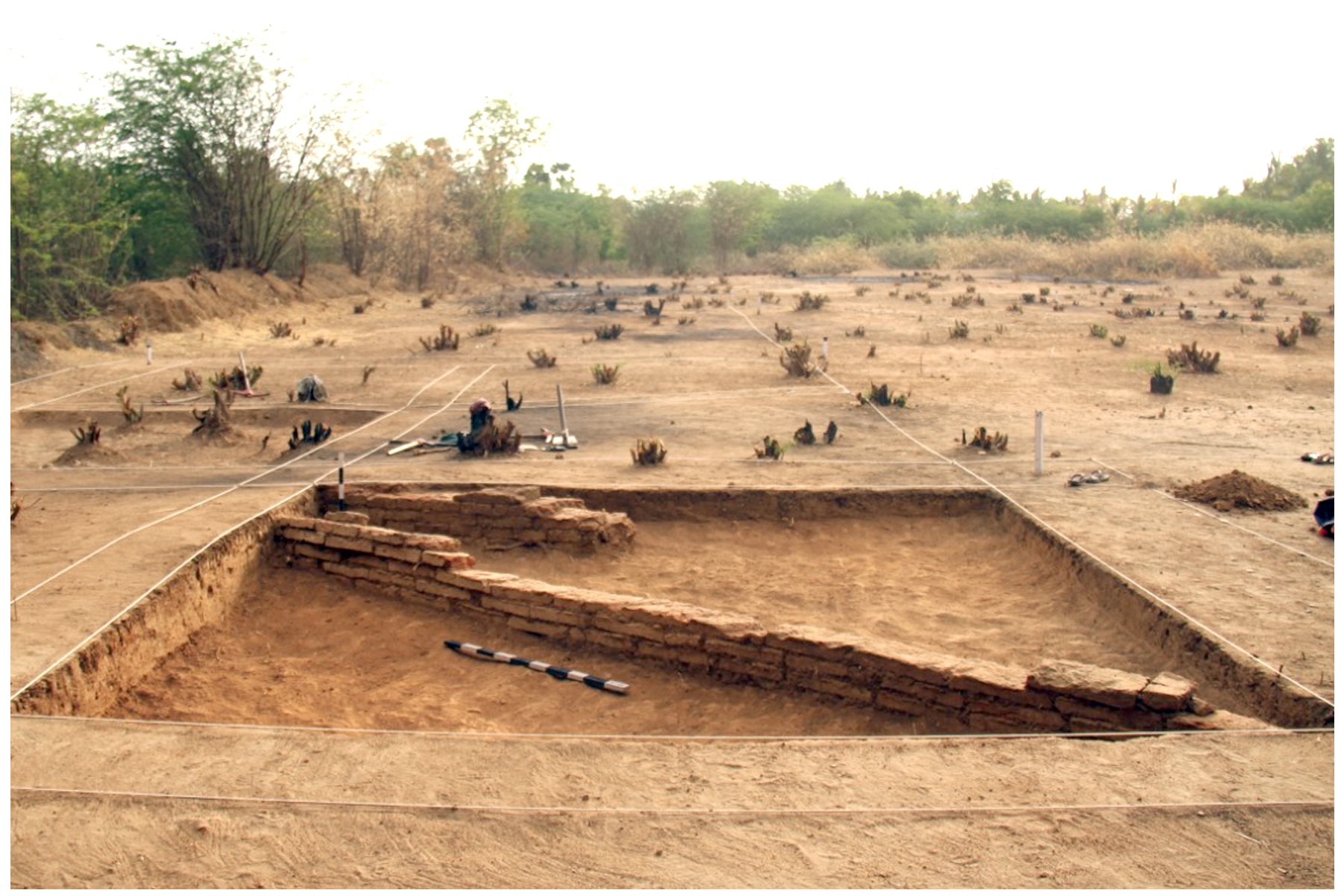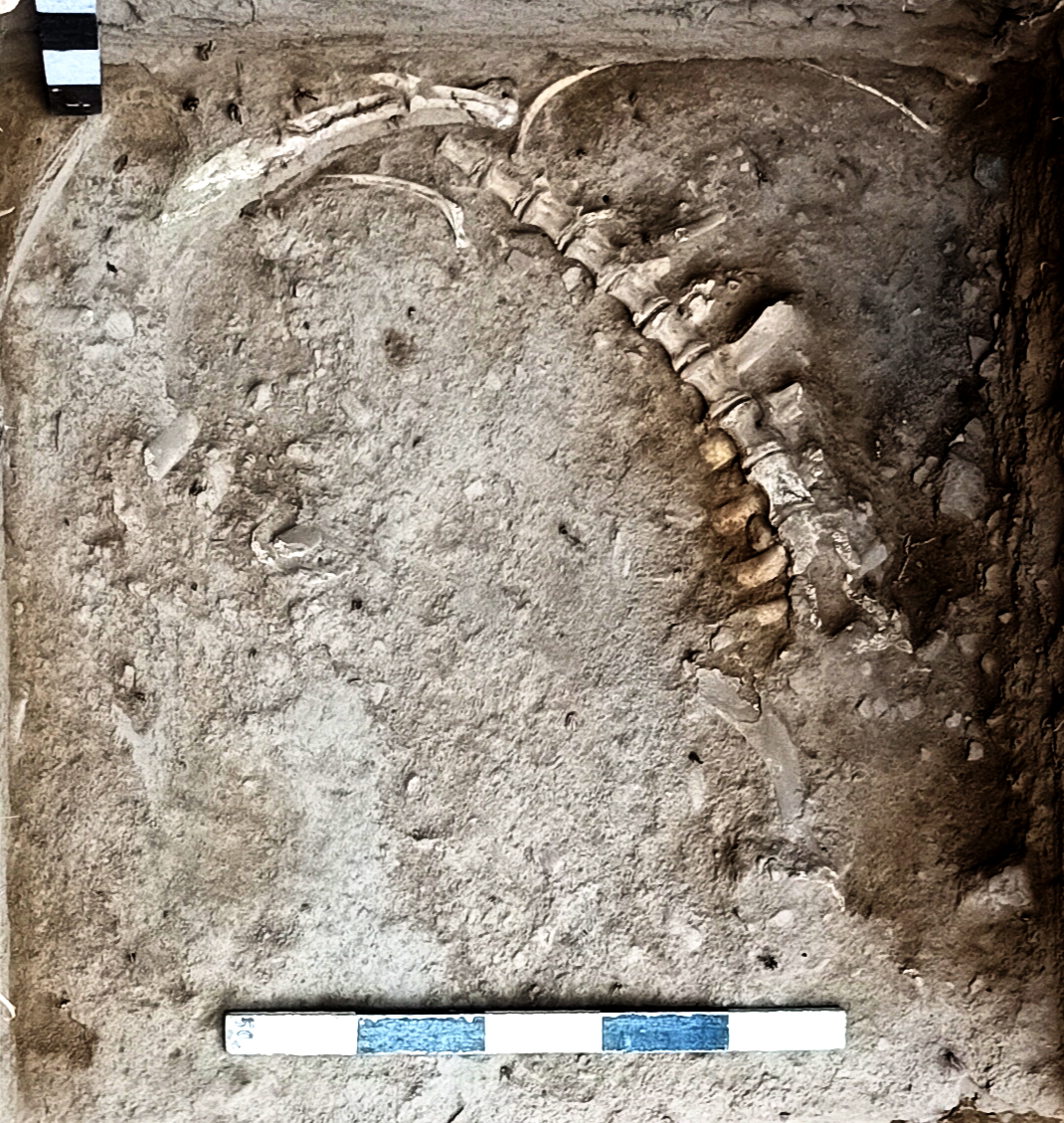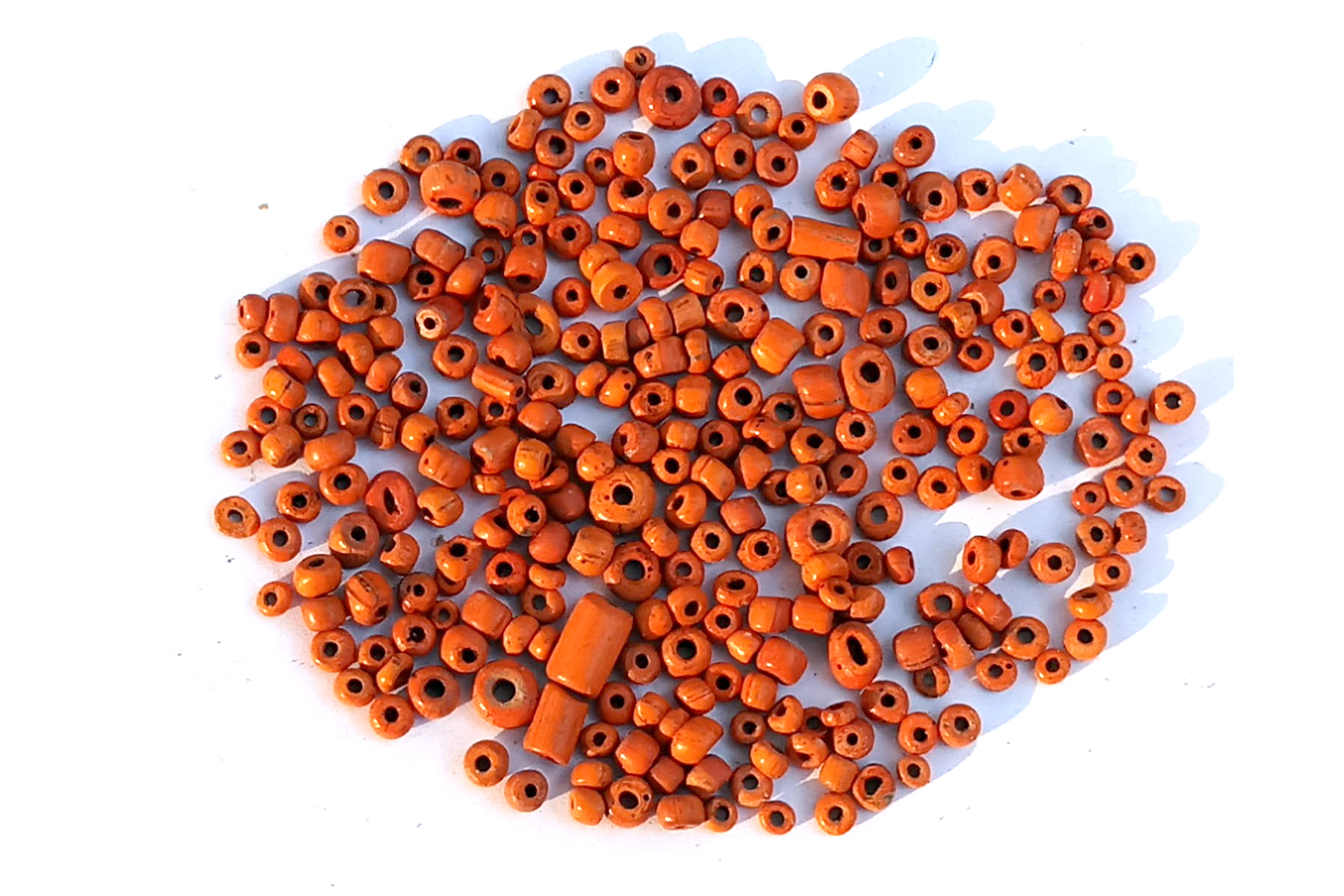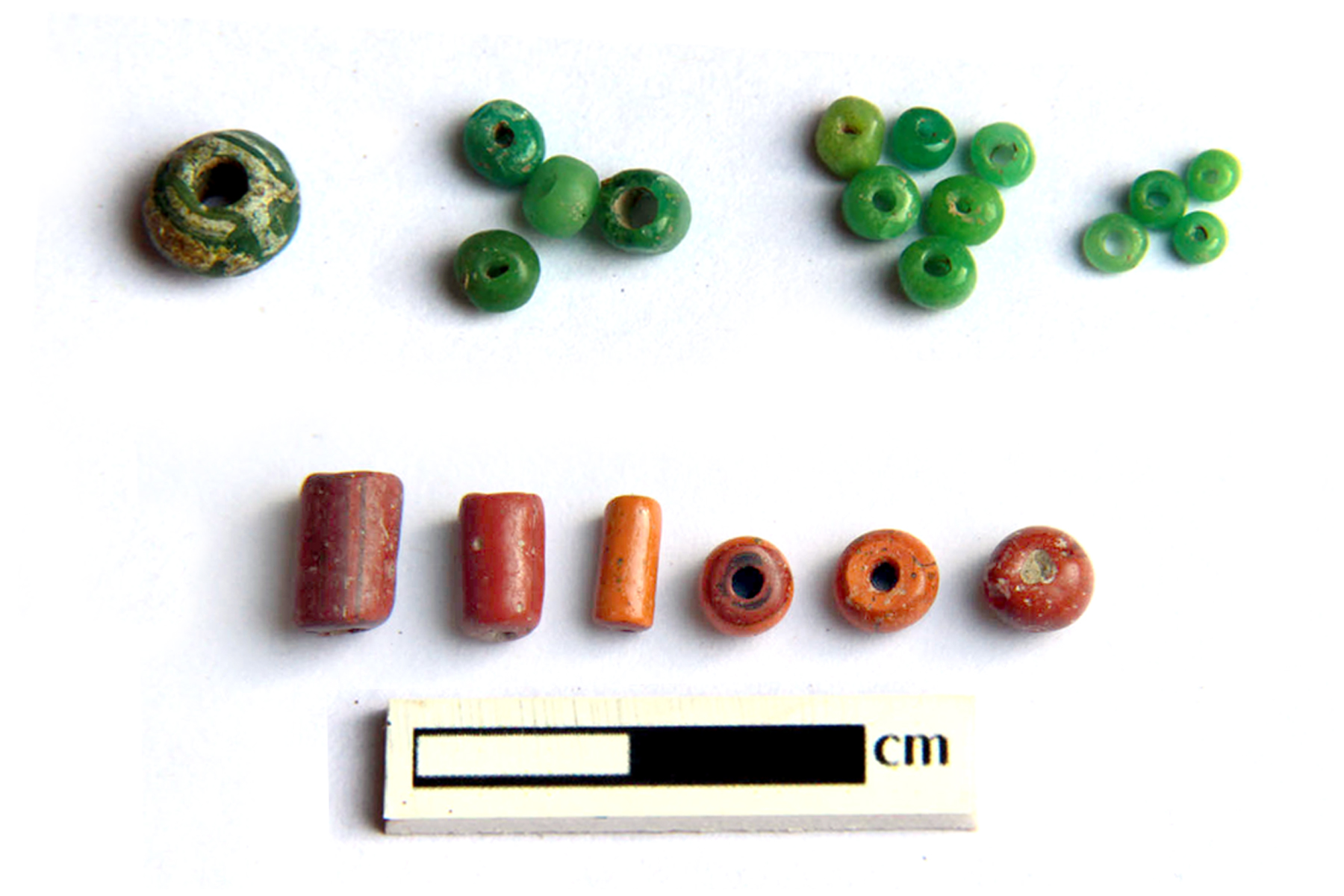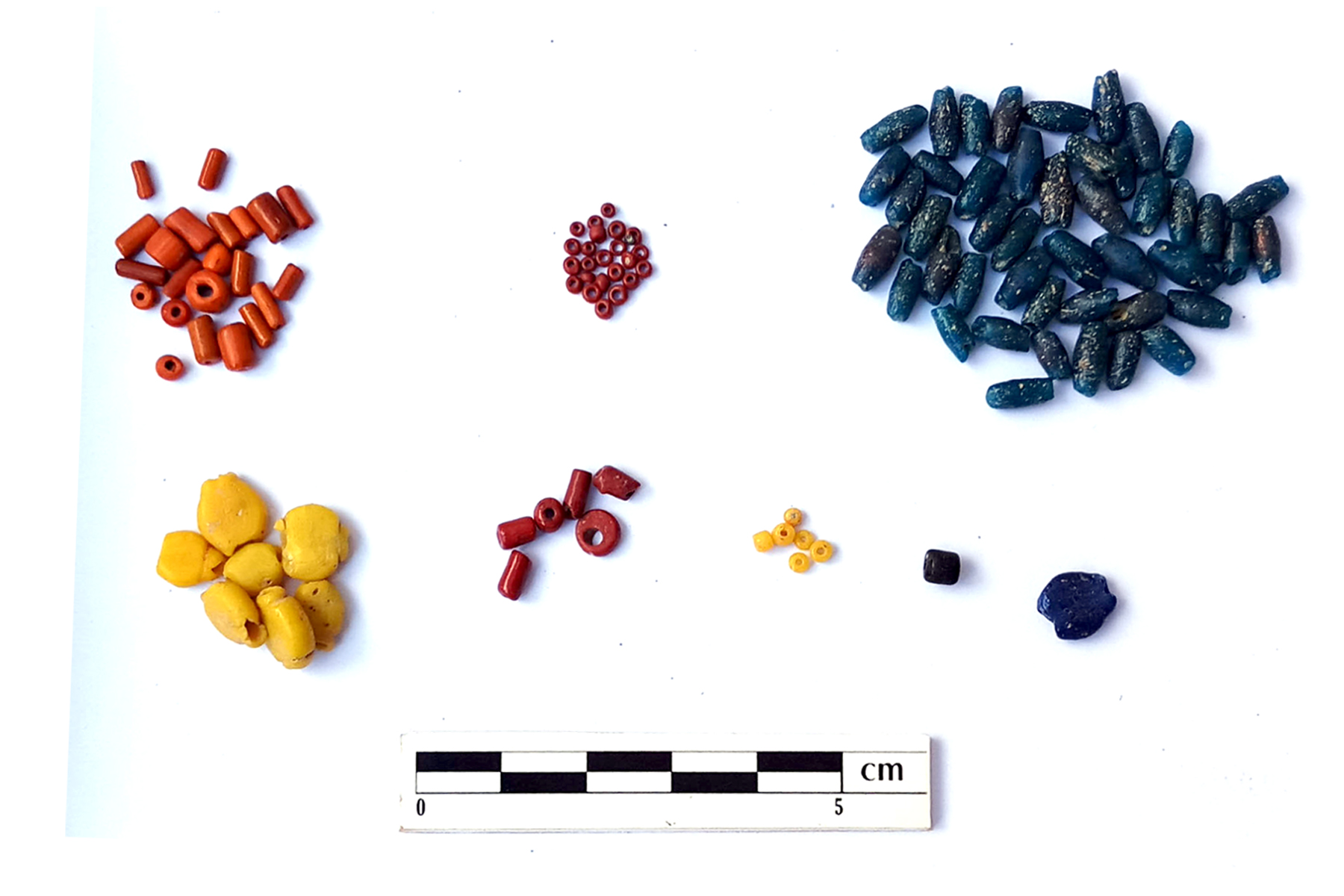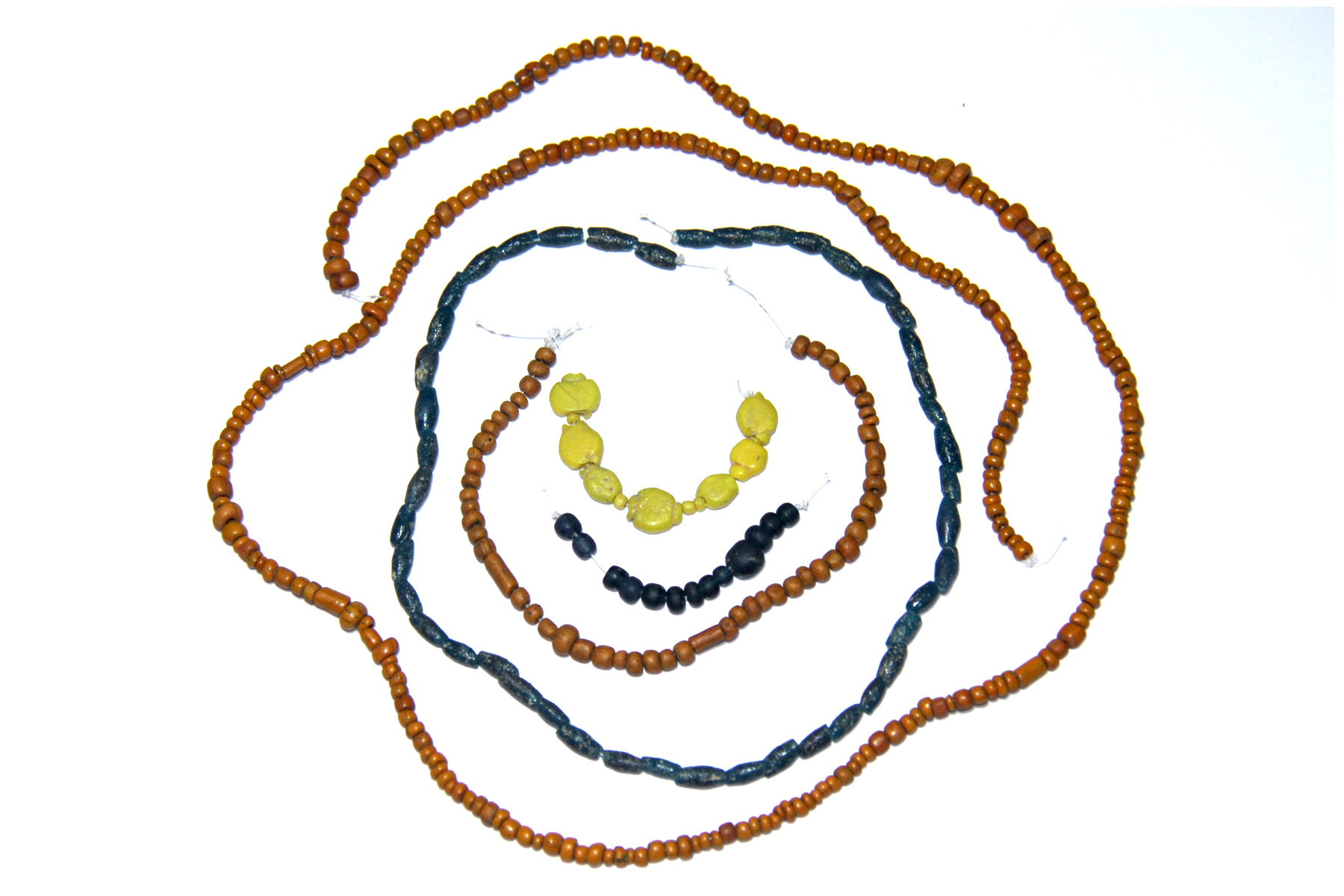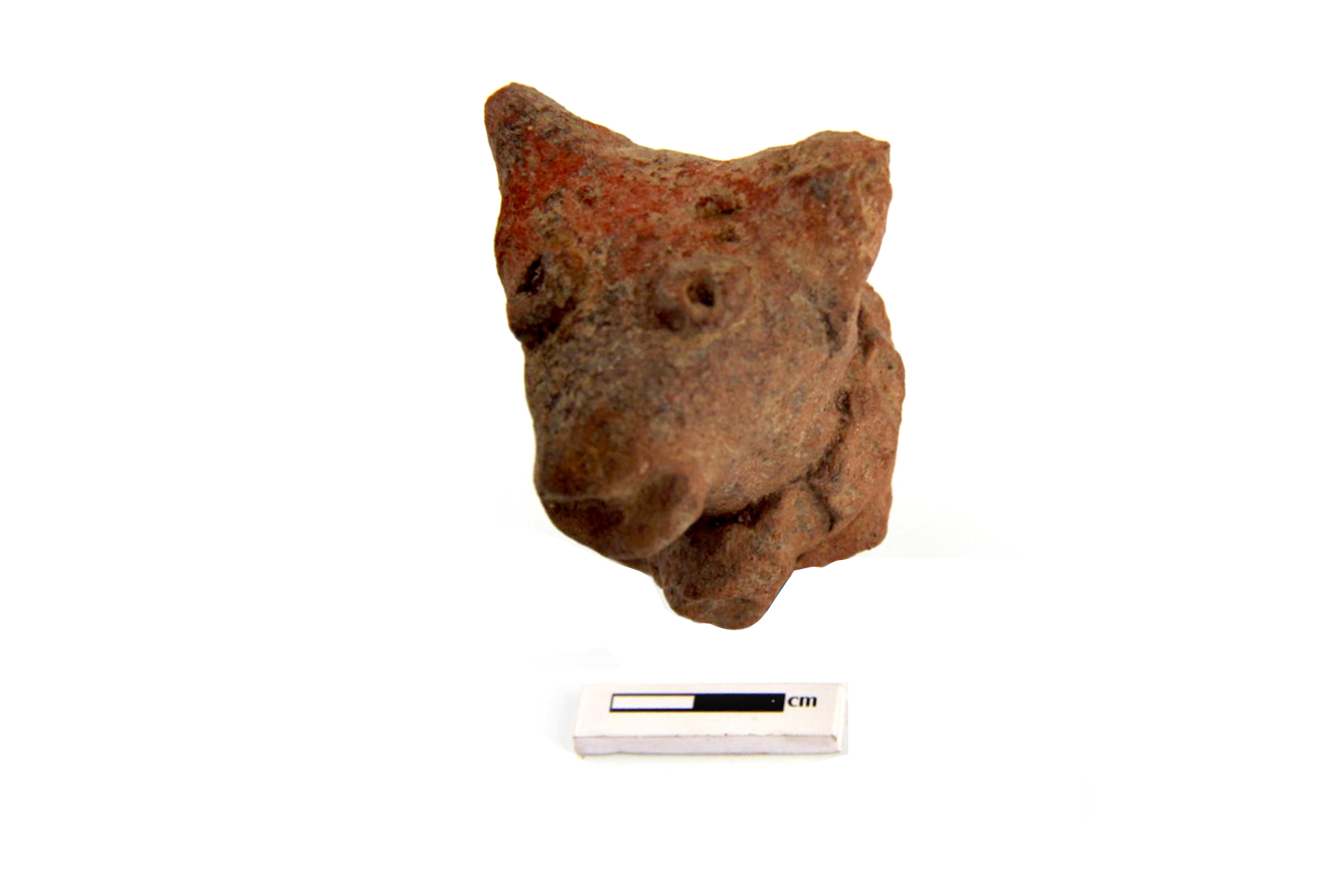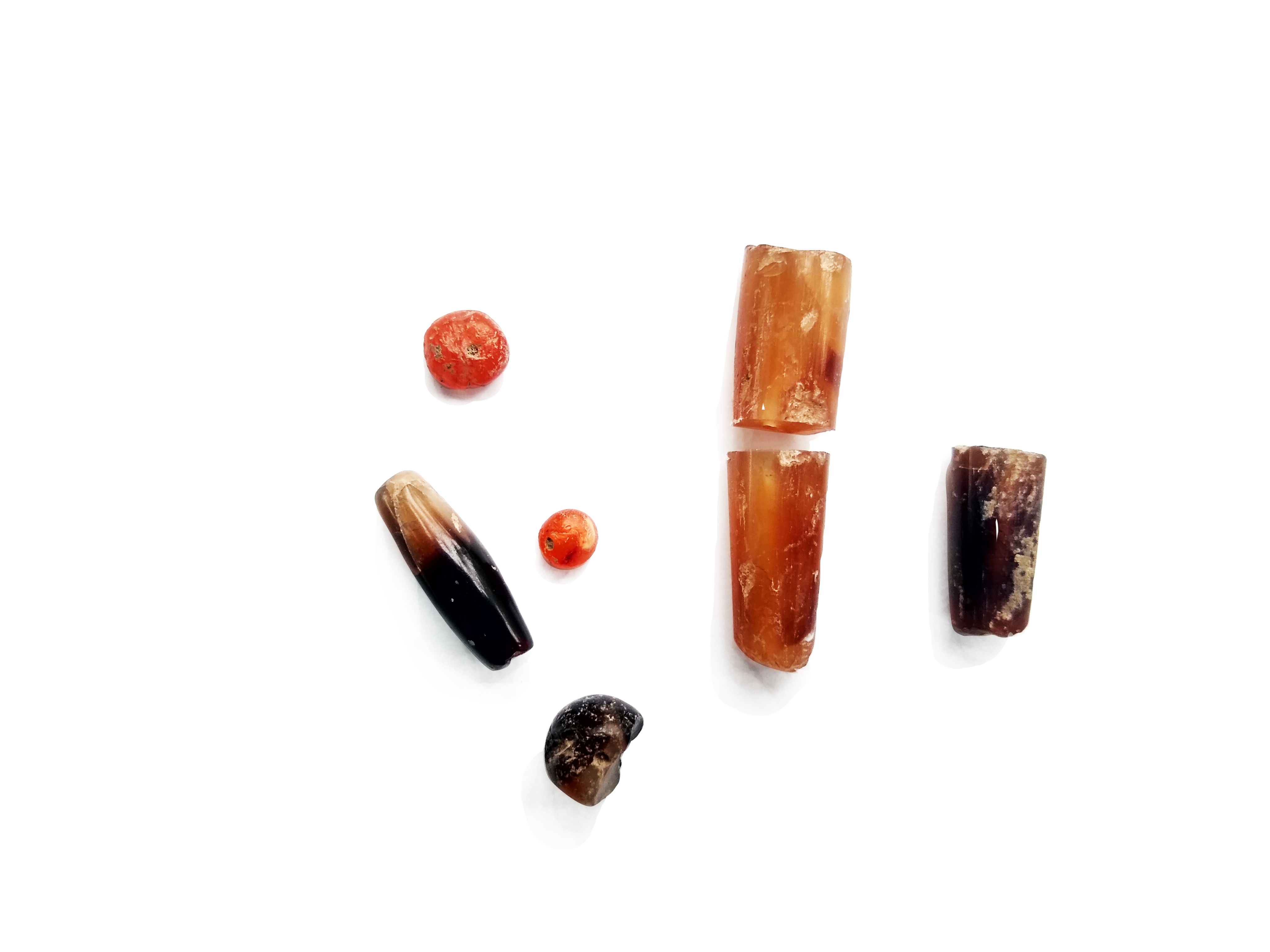Keeladi
On recommendation of the State Department of Archaeology, the Central Advisory Board of Archaeology [CABA] had permitted Tamil Nadu State Department of Archaeology to conduct excavations at Keeladi, Sivagangai District during the years 2017-2018, 2018-2019 ,2019-2020 and 2020-2021. The analysis of carbon samples collected from the Keeladi Excavations resulted as 6th century BCE (580 BCE). Likewise, the date of Tamil-Brahmi is pushed back to 6th century BCE that is a century earlier than the hitherto held view of 5th century BCE. Which is evidence for the high literacy level that was well achieved in 6th century BCE in Tamil Nadu. It is generally believed among the scholars that second urbanization observed in Gangetic valley did not occur in Tamil Nadu. But, the Keeladi excavations clearly suggest that the second urbanization too happened in Tamil Nadu in 6th century BCE.
A TURNING POINT IN THE CULTURAL HISTORIOGRAPHY OF SANGAM AGE
In order to reaffirm the antiquity of Tamils in the World arena, the Tamil Nadu State Archaeology Department has placed the artefacts recovered from the Keeladi excavation for regressive scientific analysis and for AMS [Accelerator Mass Spectrometry] dating. The results received from the reputed laboratories are placed before the team of experts for their academic scrutiny. The comments and suggestions of the experts are consolidated and the same is being placed before the public for their understanding and appreciation
TRACE OF AGRARIAN SOCIETY AND CATTLE REARING
The report on the faunal remains submitted by Deccan College, Post Graduate and Research Institute, Pune provided broad picture on the subsistence pattern of the Early Histotimes. The total number of animal skeletal fragments is of 70 samples. The analysis is made under the category of large-sized animals and medium - sized animals due to the nature of specimens recovered from the excavation. Further, the limited nature of the samples restricted our understanding on the nature of species. However, the species such as Cow/Ox (Bos indicus), Buffalo (Bubalus bubalis), Sheep (Ovis aries), Goat (Capra hircus), Nilgai (Boselaphus tragocamelus), Blackbuck (Antilope cervicapra), Wild boar (Sus scrofa) and Peacock (Pavo cristatus) were identified.
If we put the ox, cow, buffalo and goat together, it occupies almost 53%, there by indicating that they were predominantly cattle raising people. The presence of antelope to the level of 6.66% and wild boar (1.33%) suggests that they were hardly domesticated. The availability of cut marks in some of the animals like antelope, goat and wild boar suggest that they consumed goat, boar and antelope.
Thus, the faunal remains recovered from the single season of excavation and the subsequent limited analysis suggests that the people mainly depended on agriculture and cattle rearing. The future analysis of botanical samples such as pollen and phytolith may reveal or substantiate the present findings. The excavation is in progress; therefore, there is a good chance of getting more number of samples.
ANALYSIS OF THE STRUCTURAL REMAINS
The samples like bricks, lime-mortar, roof-tiles and the binding materials of the ring well collected from the structural remains were sent to the Vellore Institute of Technology for scientific material analysis. The analysis revealed that every specimen contained elements like silica, lime, ferrous, aluminum and magnesium. The detailed report also furnishes of its constitution and nature. The bricks and roof-tiles contained more than 80% silica mixed with 7% of lime while the lime plaster possessed 97% of lime. In fact, the long survival of these
materials with considerable strength and quality is due to the quality of material deployed in the construction activities
STRUCTURAL ENGINEERING
Two seasons of excavation conducted at Keeladi exposed limited structural
activities. During the second season, a 13 m long wall with 3 courses of bricks was exposed. Bricks of two sizes measuring 38x23x6 cm and 38x26x6 cm respectively were used in the construction.
There is a negligible change in the breadth whereas the length and thickness were similar in size. As these bricks are similar in sizes to that of other excavated sites of the State with the ratio of 1:4:6, the technique of the construction could be realised. The well-laid floors, made of fine clay, associated with side brick wall were exposed in some portions of the excavated trench.The side walls were not raised up to the level of roof. It seems, wooden poles were planted over which roof was erected. There are post-holes at regular interval to suggest that these were meant for planting wooden poles. Though we could not recover wooden poles due to its perishable nature, the occurrence of iron nails gives clues of fastening the poles and rafters. Few quadrants of the trenches met with roof tiles suggestive of the fall of the roof. The roof-tiles contained finger grove impressions meant to drain water and double holes at the top to be tied with rafters were recovered. Similar roof tiles were also recovered from Arikamedu, Poompuhar and other sites. Such structural activities express the high standards of living during the Sangam Age. As the excavation is in progress, the future exposures of the structures and their subsequent analysis may reveal further technology involved in the structural engineering skill of the society.
GRAFFITI AND SYMBOLS
Among the available scripts of India, the Indus script. considered to be the earliest one and was 4500 years old. One kind of scripts that survived between the disappearance of Indus script and the emergence of Tamil-Brahmi script is called as graffiti marks by the scholars. These graffiti marks are the one evolved or transformed from Indus script and served as a precursor for the emergence of Brahmi script. Therefore, these graffiti marks cannot be set aside as mere scratches. Like Indus script, these graffiti marks also could not be deciphered till date. These graffiti marks were found in Chalcolithic culture as well as in Megalithic culture, particularly on black-and-red ware. These graffiti marks were encountered both in Iron Age megalithic monuments and associated habitations. Earlier excavations at Adichchanallur, Korkai, Alagankulam, Kodumanal, Karur, Teriruveli, Uraiyur, Mangulam, Perur and all other excavated sites of Early Historic Period yielded such type of graffiti inscribed potsherds. Outside India, these marks were recovered from the sites such as Tissamaharama, Kantarodai, Manthai and Ridiyagama of Sri Lanka. Of the graffiti sherds collected from the sites of South India, more than 75% of the symbols are traced from Tamil Nadu alone. The symbols and graffiti are very much suggestive of the symbolic and codified expressions and communication of the megalithic and Iron Age people. In this context, the recovery of 1,001 graffiti sherds from Keeladi excavation recalls the preliminary writing expressions of the Iron Age people.
Tami¶i [TAMIL-BRAHMI]
As far as Tamil Nadu is concerned, the large number inscribed potsherds available next to graffiti is of the Tami¶i ( Tamil-Brahmi) inscribed potsherds. The scholars called the Tami¶i (Tamil-Brahmi) script as Tami¶i or ancient Tamil script. Majority of Early Historic sites excavated so far met with Tami¶i (Tamil-Brahmi) inscribed potsherds and a few of the sites yielded inscribed metal rings.In Tamil Nadu, nearly 110 cave inscriptions were documented from 32 sites and these inscriptions were deciphered and well documented in the book by ‘Padma Sri’ Iravatham Mahadevan. At Keeladi, 56 Tami¶i (Tamil-Brahmi) inscribed potsherds were recovered from the excavation conducted by the Tamil Nadu State Department of Archaeology alone. Some of the inscribed sherds carry the personal names such as kuvira³-¡ta[n] and ¡ta³ and a few sherds with incomplete personal names carrying one or two letters. In these sherds, the name ¡ta³ is inscribed as ¡ta[n]. In the early phase of Tami¶i (Tamil-Brahmi), there is no diacritical mark to differentiate the long vowel from short vowel. This feature is well explained in the book written by K.Rajan Early Writing System – A Journey from Graffiti to Brahmi. This feature is observed in vowels. The availability of such features in Keeladi inscribed potsherds clearly suggests that the Tami¶i (Tamil-Brahmi) inscribed potsherds recovered from the site are older in date.
HIGH LITERACY LEVEL OF THE SANGAM AGE
Tamil-Brahmi letters as part of inscriptions are found by means of pointed object engraved on the shoulder portions of the earthen vessels. In general, these letters were inscribed when the pot is in leather condition or were inscribed /engraved after the pot became dry. The letters engraved in leather condition could be made only by the potters at the time of making pots. In the case of Keeladi examples, they were all post-firing in nature and were engraved by the owners after purchasing the pots. The representation of various styles of writing also suggests this view. It clearly suggests that the high literacy level of the contemporary society that survived in 6th century BCE
|
|
Key Findings – Keeladi Excavation
Excavation work, during this season had yielded 5820 antiquities with enough cultural traits in the form of structural activity (brick structures, terracotta ring wells, fallen roofing tiles with double holes and deeply finger pressed grooves to draw rain water).
Antiquities like few pieces of golden ornaments, broken portions, copper objects, iron implements, terracotta gamesmen (chessman), hop scotches, ear ornaments, spindle whorls, figurines and portions besides beads of terracotta, glass, semi-precious stones (agate, carnelian, crystal, etc.).
Popular ceramic types like finer variety of Black and Red ware, Black ware, Black Polished ware, Red ware, Rouletted ware, few pieces of Arretines were also found. There are also enough numbers of graffiti sherds of both pre and post firing nature. A good number of Tamil Brahmi sherds also have been unearthed.
All these finds clearly indicate the cultural richness of the ancient civilization of the Tamils of this region having its close proximity to the temple city Madurai. Hence it becomes essential to continue to probe such cultural hidden treasures of Keeladi site in future and reveal the cultural wealth of the ancient Tamil society.

